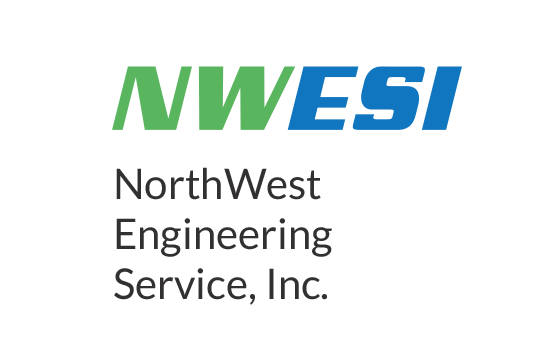NorthWest Engineering Service, Inc.
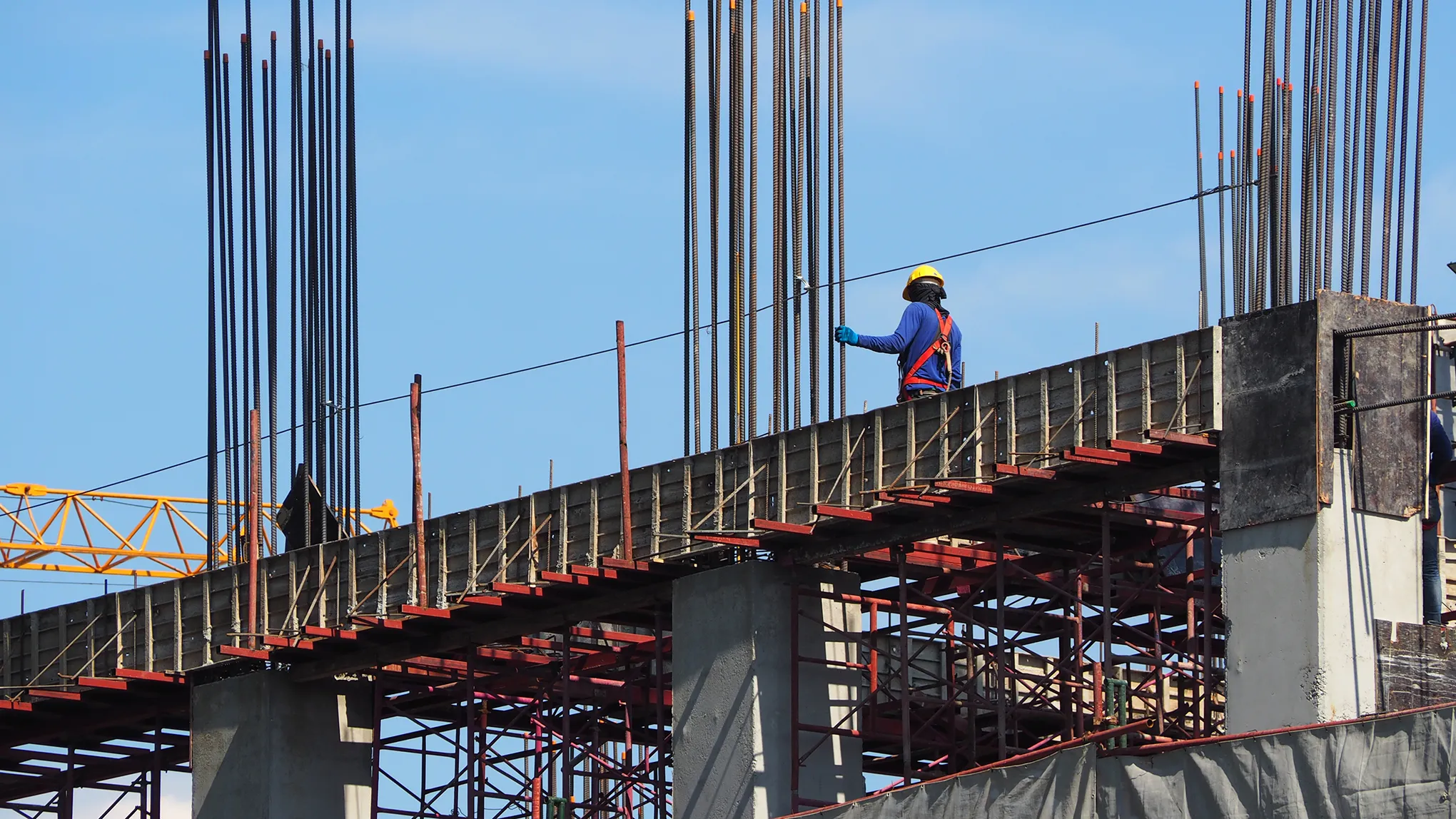
With material costs climbing, supply chains under strain, and timelines tightening, recent tariffs have further complicated the landscape for project managers. It is estimated that overall construction costs could increase up to 5% to 7% (fmicorp.com). Whether you’re building a hospital wing, school, or data center, these impacts can quickly throw your project off course. Here are seven tips to help you manage your build project efficiently amid the pressure.
Tip 1: Pre-Order Critical Materials
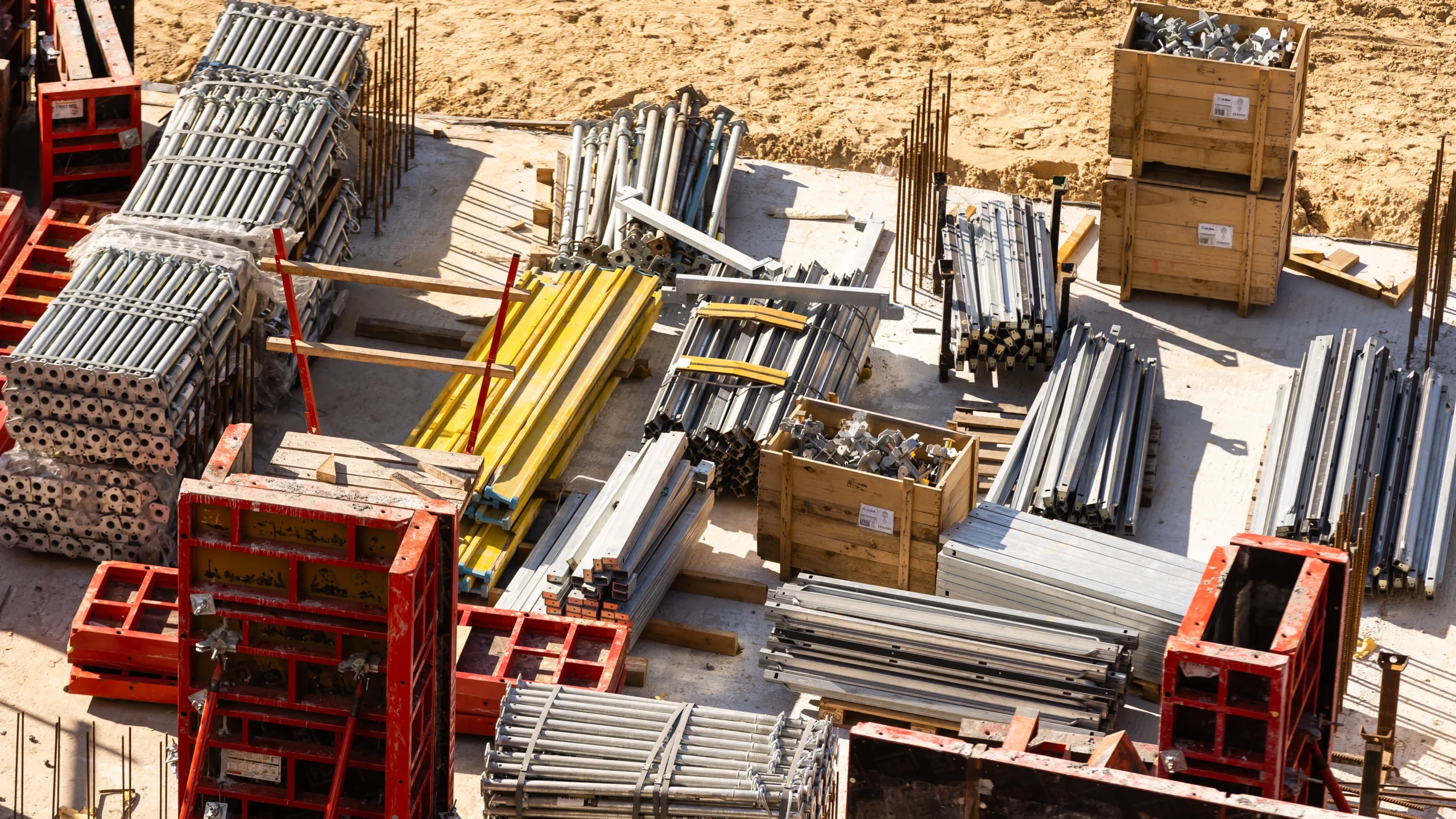
If you have storage space and capital, pre-purchasing key materials before new tariffs take effect or rates increase can help protect your budget and keep deliveries on track. With contractors flocking to submit orders, you can expect longer delivery timelines, so securing your materials as early as possible is essential.
Tip 2: Choose the Right Suppliers & Diversify

When tariffs are imposed, your relationships with the right material suppliers become crucial to maintaining your margins. Suppliers heavily relying on imports from tariff-affected countries (e.g., China, Canada, EU) will likely reflect those costs onto their inventory. Even if they offer the best rates today, having a U.S.-based supplier as a backup could help buffer you against sharp price hikes. If you’re negotiating price locks with a supplier, ensure they have a stable and reliable inventory—securing a good rate won’t help if the materials are out of stock when needed.
Tip 3: Coordinate Early in Design
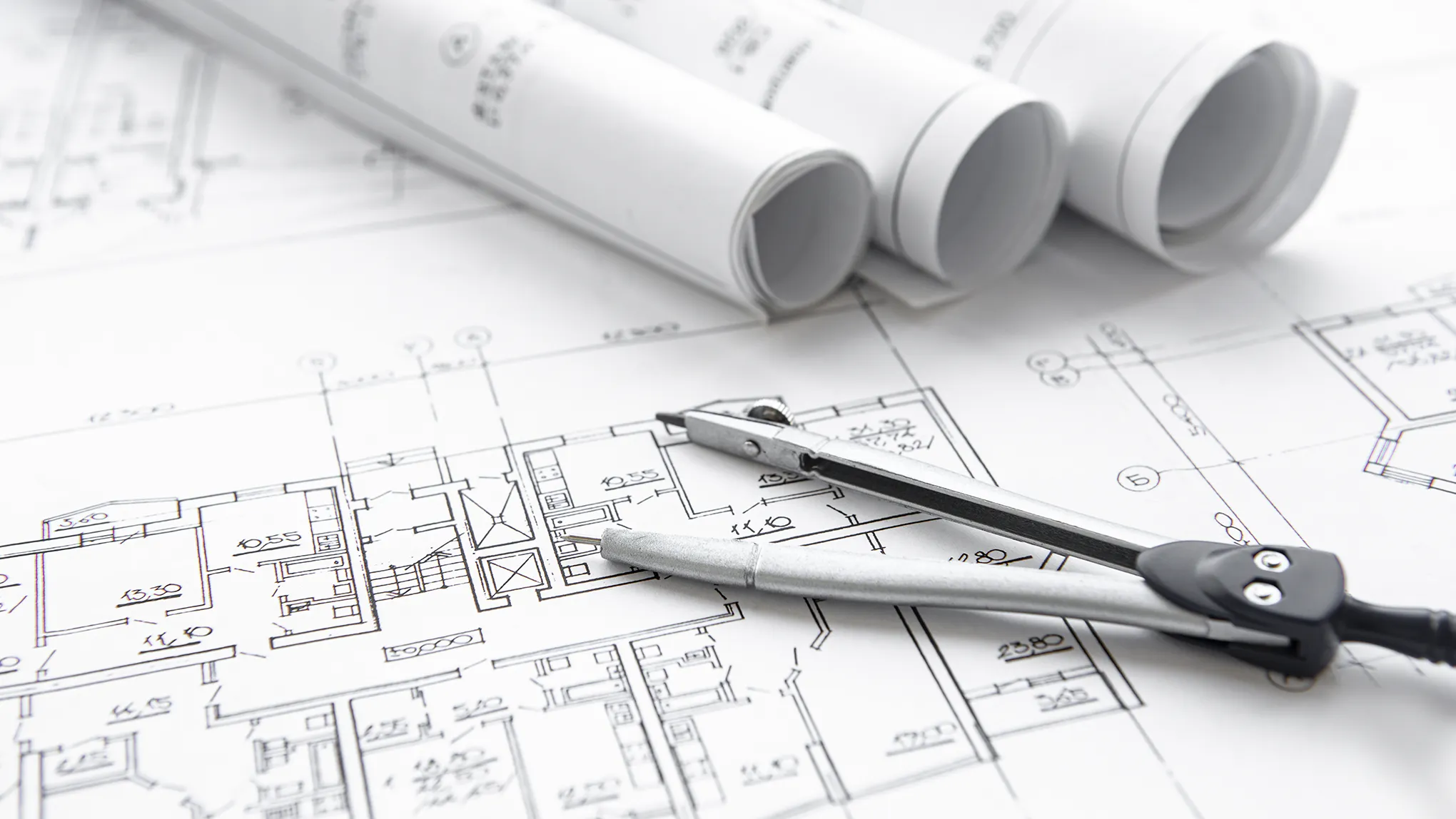
Collaborate with architects and engineers early to identify tariff-sensitive materials and plan for alternatives. During the initial build phase, engaging services like MEP Design helps build flexibility and reduce costly mid-project changes. For example, suppose the specified HVAC system relies on imported components affected by tariffs. In that case, your mechanical engineer can help identify an alternative part or system as Plan B. Don’t hesitate to modify designs to incorporate alternative or less expensive materials where feasible – a collaborative design team can often re-engineer a solution that mitigates cost impacts.
Tip 4: Budget for Tariff Impacts

In a tariff-heavy environment, your project budgeting requires extra cushioning. Utilize forecasting tools and indices to monitor material cost trends and incorporate contingency funds into your budget. Many contractors are now building a 5–10% buffer on tariff-sensitive materials like copper and steel (shutts.com). Ensure the supplier quotes you provide to your client have clear expiration dates so you’re not left absorbing increases beyond that window. With a flexible budget backed by data, you’ll have the power to adapt without panic.
Tip 5: Strengthen Contracts and Risk Management
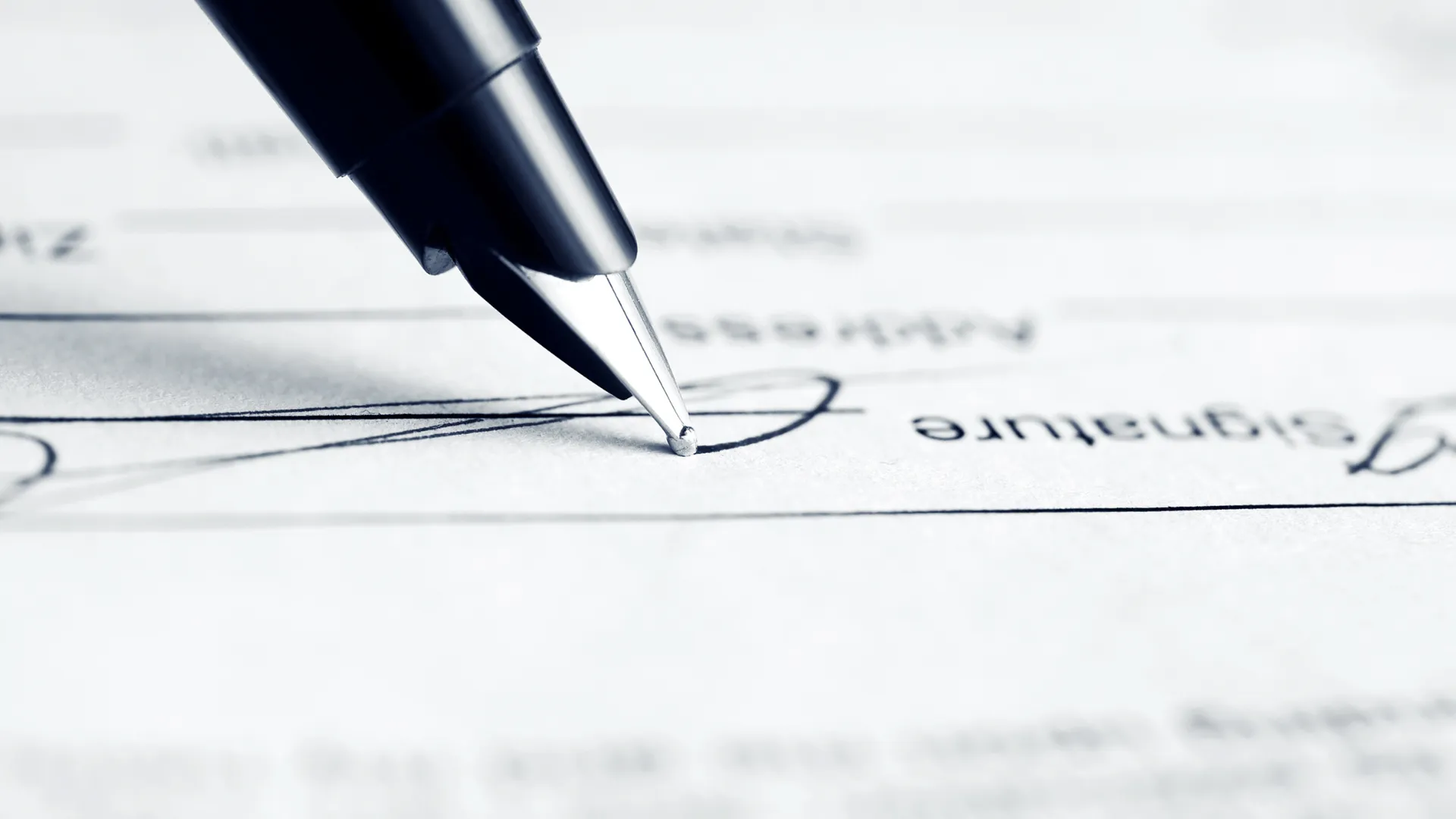
Don’t rely on handshake deals – Review contracts for escalation clauses and force majeure terms related to tariffs. Escalation clauses enable price adjustments when material costs surge, while solid documentation safeguards against potential legal disputes. A bit of legal and contractual armor can save you from budget heartburn down the road. (Your lawyer might not wear a cape, but they can be a real superhero in this case!)
A Guaranteed Maximum Price (GMP) contract is another valuable tool for early project coordination. While it requires more upfront effort, it promotes thorough planning and early decision-making—critical advantages when dealing with volatile material costs. By establishing pricing early and identifying potential risks, a GMP approach can help keep the project on budget, even in the face of shifting tariffs.
Tip 6: Communicate Often

Frequent updates with suppliers, clients, and design teams are necessary during a volatile economy. Share cost and schedule forecasts and flag risks early on. No owner likes to hear, “It’s going to cost more and take longer,” but they’ll REALLY dislike hearing it at the last minute without warning. A brief bi-weekly check-in with your team, referring to the Open Issues list in the commissioning platform, can help identify issues before they escalate and manage expectations effectively.
Tip 7: Prioritize Quality and Commissioning (Don’t Cut Corners)

Last but certainly not least, never compromise on quality and proper commissioning, even when tariffs put a squeeze on your project. A faulty HVAC system or leaky building envelope will cost far more in rework, delays, or energy losses than you ever save by skimping on quality control. Comprehensive building commissioning acts as a quality assurance safety net, catching issues early, especially if you must substitute equipment or materials due to tariffs. For example, if a subcontractor replaces a specific air handling unit with a different model due to import delays, commissioning authorities will catch this change and ensure the replacement is fully evaluated and tested to confirm it meets the design requirements and the owner’s needs. By prioritizing commissioning and quality tests, you reduce the risk of nasty surprises after occupancy.
Conclusion

Rising tariffs add complexity to construction, but with the right mindset and strategy, they can be managed as just another challenge to overcome. Stay proactive by ordering early, diversifying suppliers, building flexibility into your designs and budgets, and maintaining strong communication. With thoughtful planning, a collaborative team, and a strong commitment to best practices, you can transform potential disruptions into manageable challenges and emerge more skilled, resilient, and prepared for whatever comes next.
